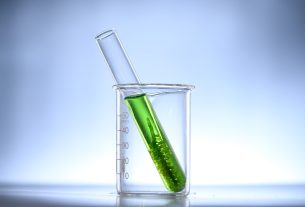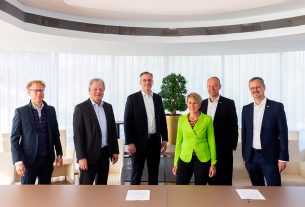The Netherlands – Yara Sluiskil plans to cut its factories’ CO2 emissions by 1.5 Mton. The factory still released 5.2 Mton of greenhouse emissions annually in 1990; by 2020, this had decreased to 3.3 Mton. Within a few years, the corporation hopes to reduce emissions to 1.8 Mton.
According to the corporation, among other things, beer and soft drinks use 1.4 Mton of CO2 annually. As a result, Sluiskil now has emissions of 0.4 Mton, which is a 90% decrease from 1990, according to Yara. Additionally, the corporation hopes to cut nitrogen emissions by 20% from 2020 levels. In 2018, the old factory was replaced with a new one, cutting dust and ammonia emissions in half. The main factory in the Norwegian group is located at Sluiskil, which is also where the majority of the continent’s fertilizer is produced. at addition to fertilizers, Yara manufactures a significant amount of AdBlue at Sluiskil, which stops diesel engines from emitting nitrogen.
Letter of intent
To maintain these goals, Yara and the government signed a letter of intent. Ex-minister Micky Adriaansens (Economic Affairs and Climate), ex-state secretary Vivianne Heijnen (Infrastructure and Water Management), ex-manager of Yara Sluiskil Michael Schlaug, ex-management member Gijsbrecht Gunter, and ex-deputy Jo-Annes de Bat (Province of Zeeland) were all present for the signing.
intent statement Government of Yara CO2 reduction
Yara signs a government letter of intent for CO2 reduction.
CCS project
Beginning in 2025, Yara will store CO2 in Norway’s depleted gas fields that cannot be used as raw materials. As a result, it will be Europe’s first and biggest cross-border CCS project. Yara Sluiskil is concentrating on green hydrogen at the same time. According to the firm, this won’t be accessible until after 2035 in Sluiskil. The business is also dedicated to using new technology to electrify machinery, eliminate laughing gas, and save on energy. Another possibility is to expand the decoupling of residual heat.
Customized agreements
According to the recently signed memorandum of intent, in close coordination with regional and municipal authorities, the government will work with Yara to study the impediments for increasing the company’s sustainability and how the government can help to remove them. This relates, for instance, to building the required infrastructure for hydrogen, supporting innovation programs to create circular products, and leveling the playing field for sustainable goods.
The letter of intent is a critical step in establishing firm and legally enforceable custom agreements between the government and Yara to hasten the reduction of CO2 emissions. The Joint Letter of Intent, which is evaluated by the impartial Advisory Committee on Customized Agreements for Sustainability in the Industry, lays out these intentions in more specific and thorough terms. The plans are then transformed into legally binding agreements that are designed specifically for each situation.
Earlier, comparable agreements had already been reached with the government by Shell, Dow, Nobian, and OCI.




